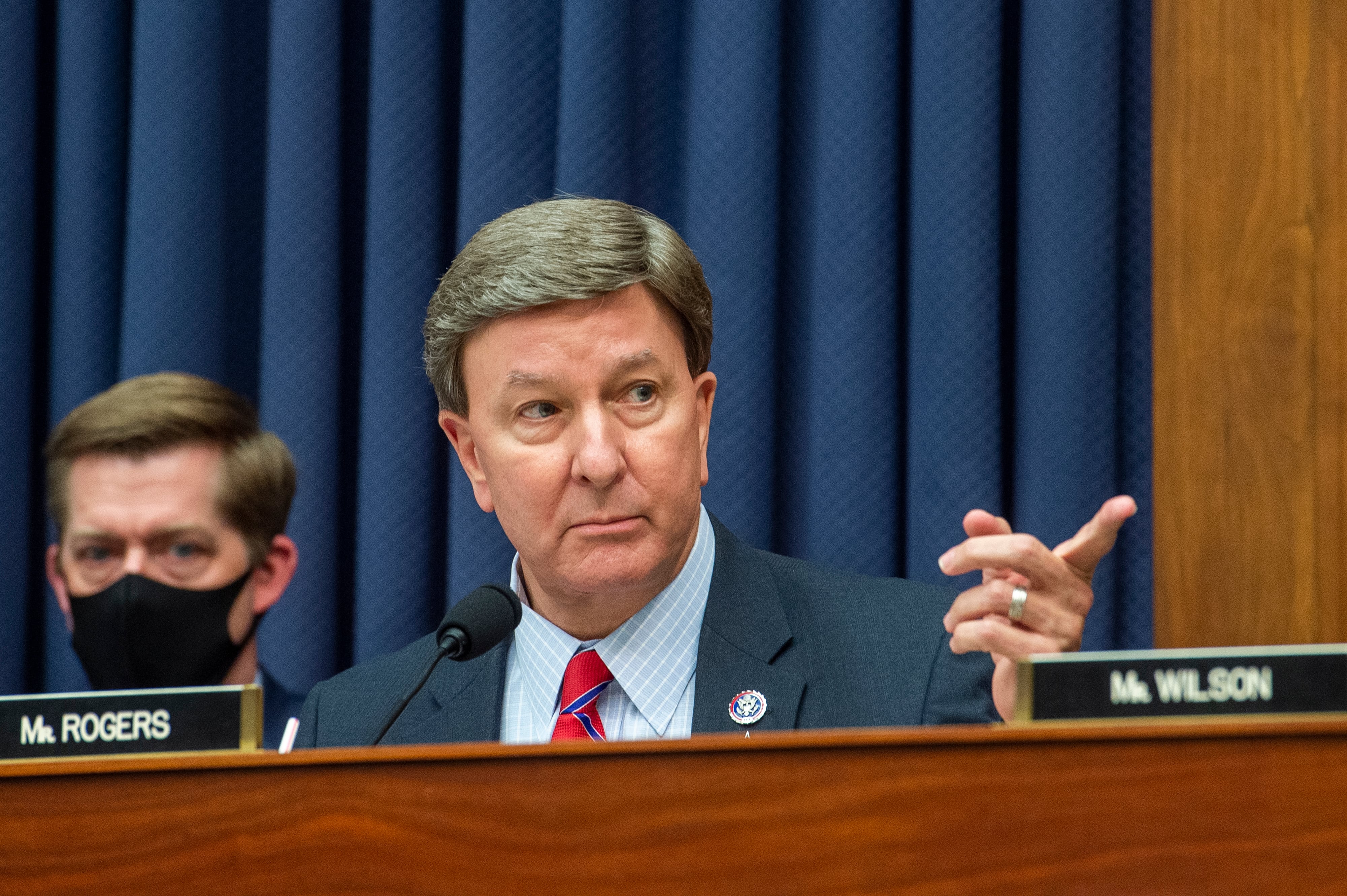According to the latest Centers for Disease Control and Prevention tallies, the Defense Department has distributed more than 800,000 doses of the novel coronavirus vaccine, but has only put about 60 percent of those “shots in arms,” as the tagline goes.
There are several reasons for this lag, Air Force Brig. Gen. Paul Friedrichs told Military Times on Thursday, most of them similar to reports out of every corner of the country.
“What we’re seeing right now is similar to what we’re seeing across the entire United States, in that there’s ... a higher percentage of people who are older who are opting to have the vaccine, and it trends down with age,” Friedrichs said.
In total, 816,175 doses have gone out, with 485,125 administered to DoD personnel. Of those, 67,913 are now fully vaccinated after their second dose.
The Pentagon has refused to provide details on how many troops have been vaccinated, though DoD posts its confirmed COVID-19 cases broken down by service member, dependent, civilian and contractor.
This policy comes from the Pentagon’s general counsel, who has determined that the Defense Health Agency won’t report to DoD the affiliation details of who has taken the vaccine, a defense official told Military Times on Tuesday.
DoD began shipping out doses in mid-December, starting with 16 bases that had enough personnel and cold-storage capacity to effectively use up those doses.
Those bases are farther along in the process, Friedrichs said, but DoD is not experiencing some of the uneven administration of doses that has been reported in civilian public health departments.
Over the past month, stories of vaccine serendipity have popped up throughout the country, where people were in the right place at the right time and had the chance to receive a leftover dose that otherwise would have to have been thrown away.
State and local health departments have been in charge of their own administration schemes, and in some cases, haven’t had clear guidance on whom to call up if they made it to the end of the priority list and hadn’t used up a vial.
“Our loss rate has been negligible,” Friedrichs said. “We certainly have not lost any vaccines because they’re sitting on the shelf.”
RELATED

Military medical teams have clear guidance on what to do if they finish a priority group ― which includes clinic staff, first responders, nuclear submarine crews, deploying troops and more ― and have leftover doses.
“And they have the authority, if there’s nobody that’s available in a particular tier that opts for the vaccine, to go to the next level down,” Friedrichs said.
Friedrichs could not offer an estimate of the take rate for the vaccine, as medical providers are not required to report up the chain if someone declines. The emergency use authorization renders the vaccine voluntary, and widespread distrust and misinformation have turned many off to the idea of inoculation.
Once more people have been vaccinated and DoD is better able to educate people on the risks and benefits, Friedrichs said, he hopes the vaccination rates will increase.
Meghann Myers is the Pentagon bureau chief at Military Times. She covers operations, policy, personnel, leadership and other issues affecting service members.





